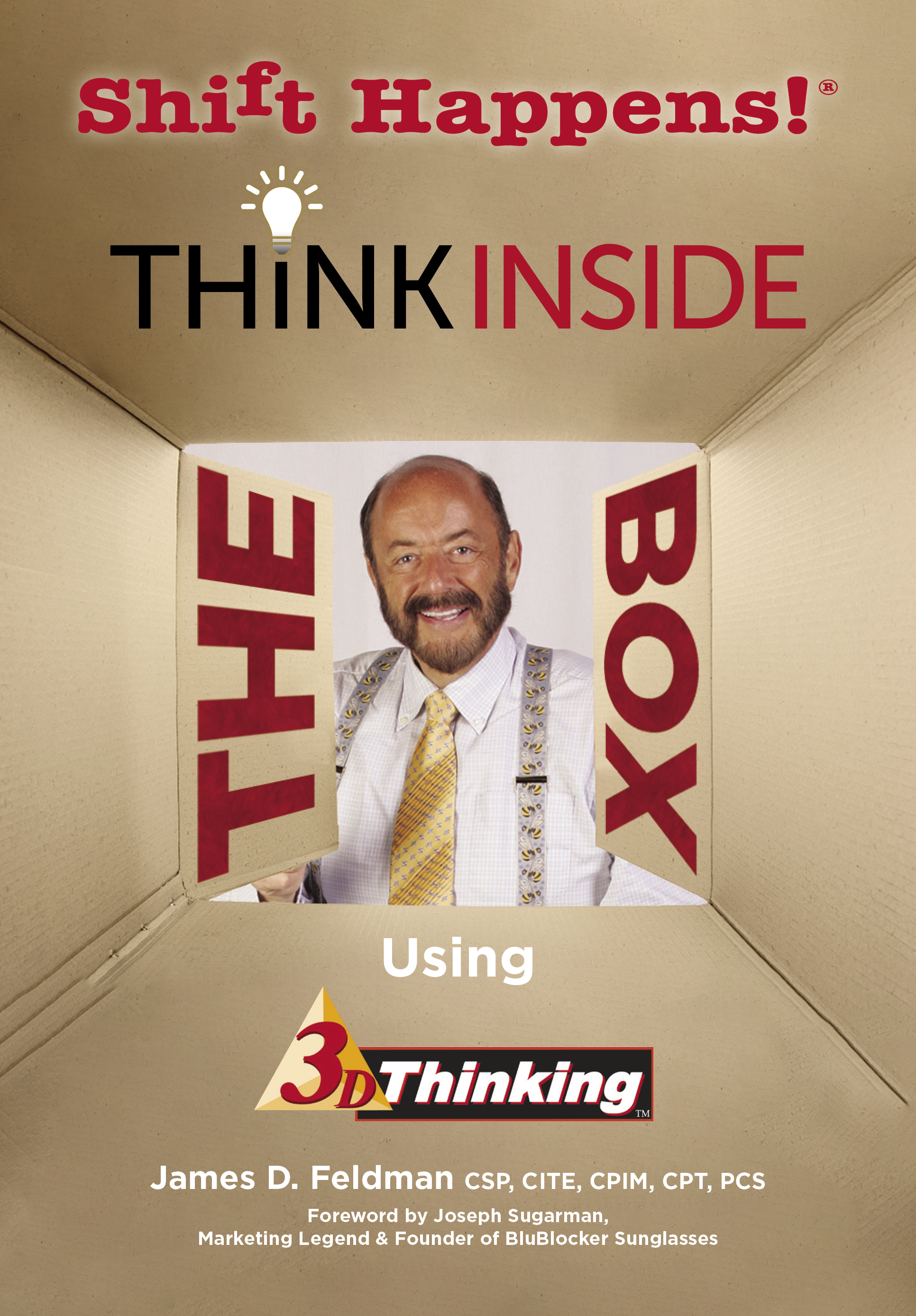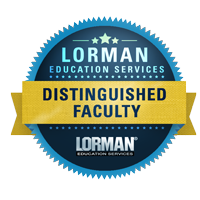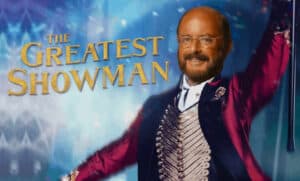There are a plethora of “best practices” to accomplish the journey to bright ideas, however, leaders are often puzzled as to how to tackle this work and where to begin. Experiential learning moves participants from conversations about the topic to practical solutions.
For decades organizations have struggled with creating a culture of sustainable productivity. How do you tie strategy, vision, mission, goals, metrics, and employees all together to create a culture that thrives?
Most organizations have put all their eggs in one of these baskets; however, the answer lies in integrating them all. Our ultimate goal should be to create something sustainable long after we leave. It has to be woven into the fabric of the organization.
It requires a “cultural shift” transformation. So, let’s talk about the RECIPE for success and how each ingredient integrates with the others to form a well-baked, highly productive, sustainable organization.
Servant Leadership
The first ingredient is usually assumed and taken for granted but is essential to a healthy organization. I call it “Servant” Leadership. Servant leadership is a leadership philosophy in which the primary goal of the leader is to serve. This is different from traditional leadership, where the leader’s primary focus is the thriving of their company or organization. Organizations that embrace servant leadership operate with the client, customer, and employees’ needs in mind. They recognize that serving their “constituents” develops loyalty and trust that ultimately creates positive vibes and an environment of success.
Vision
Every employee must have a clear understanding of where the organization is headed. Without a Vision, the people perish. Establish a clear, precise vision that is the “north star.” I often ask organizations if your 5-year idea was across the room and you walked into it, what would it look or feel like? Develop a vision without regard to any restraints. What would you like the organization to look like five years from now ultimately?
Mission
Most organizations have mission statements. However, they cover an entire page, and often most employees do not know what it is. The mission statement is the call to action. It tells the organization what it is committed to doing. For instance, “Using our portfolio of brands to differentiate our content, services, and consumer products, we seek to develop the most creative, innovative and profitable entertainment experiences and related products in the world.” – Walt Disney. The mission statement is the most critical piece of information that each employee should be given. I encourage organizations to put it on the back of their business cards, open each meeting with the mission statement, and include it in email signatures.
SWOT Analysis
The one area where many organizations fail is understanding their Strengths, Weaknesses, Opportunities, and Threats. Organizations need to do an open and honest assessment of what’s working and what needs improvement. Success is when organizations leverage their strengths, address weaknesses, seize opportunities and mitigate any threats.
Strategic Priorities
Based on the assessment of the organization’s results, the vision, and the mission of the organization, strategic priorities should reflect the top areas that need to be addressed. Usually, 5 to 6 strategic priorities enable the organization to achieve its mission. These priorities provide the marching orders for all departments to collaborate and serve as a check and balance on where budget and resources should be applied.
Performance Management Scorecards
Measuring success is critical! I often tell organizations that you have to be willing to get on a scale if you want to lose weight. Organizations have to be ready to measure their performance based on data. Balanced Scorecards of Key Performance Indicators tell you if what you are doing is working. It also highlights areas of concern and allows organizations to take action quickly.
High-Performance Teams
Lastly, an essential component of any organization is its people. Many organizations take for granted the need to engage employees. Statistics show that organizations thrive when employees are engaged. Also, employees who are engaged perform better. So how do we engage employees and get them committed to the organization’s vision, mission, and strategic priorities? I recommend High-Performance Teams. The standard definition of a high-performance team is a group of people who share a shared vision, goals, and metrics and challenge and hold each other accountable to drive results. They have a clear picture of where they are headed and what they want to accomplish.
I encourage organizations to build teams that work on goals that tie to the strategic priorities. At Palm Beach County, we have created “Stat” Cross-Department and Cross-Functional teams that use data to analyze processes, review metrics, and propose solutions. Crews are using the principles of Lean Six Sigma to reduce waste, make processes lean, and drive a culture of continuous process improvement. Best practices for developing these teams include ensuring cross-discipline representation, using data to define problems and solutions, leaving titles at the door, and relentless follow-up and accountability.
So there you have the recipe: Servant Leadership, Vision, Mission, SWOT Analysis, Strategic Priorities, Performance Scorecards, and High-Performance Teams. The integration of these ingredients will drive sustainable and, lastly, productivity and a culture of continuous process improvement to ensure that Shift Happens.






